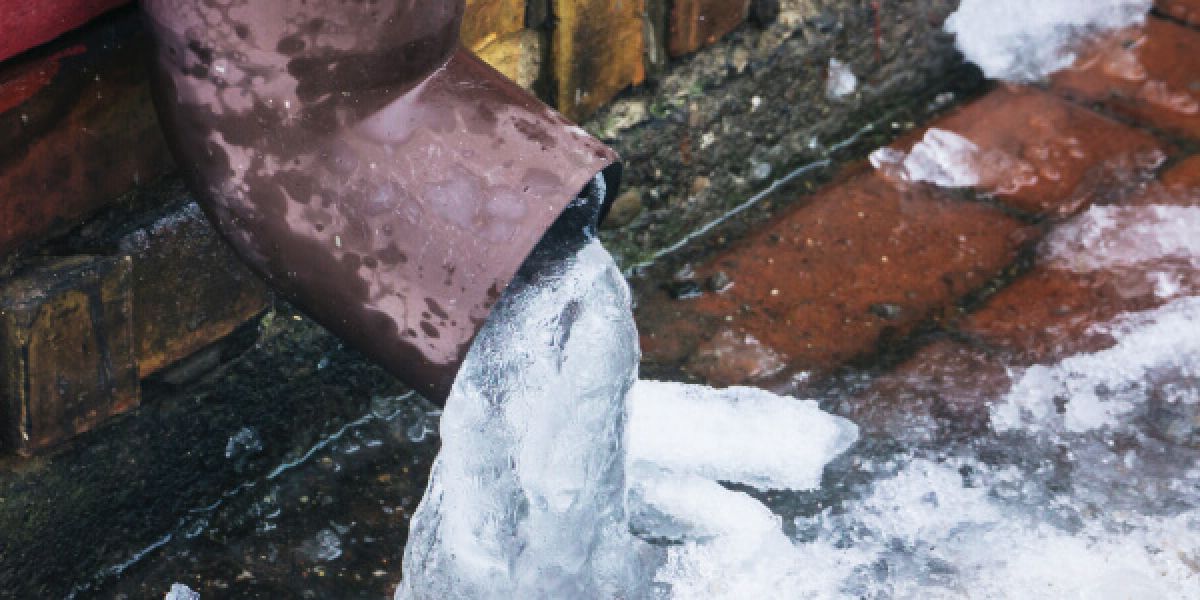How do you actually feel with regards to How To Avoid Freezing Pipes?
:strip_icc()/snow-outdoor-faucet-pipes-4af65d1e5e904fb1aa7bf74071fe5d89.jpg)
Winter can wreak havoc on your pipes, specifically by freezing pipes. Here's exactly how to stop it from happening and what to do if it does.
Intro
As temperature levels drop, the threat of frozen pipelines increases, possibly resulting in pricey repairs and water damages. Understanding exactly how to stop frozen pipes is critical for property owners in cool environments.
Comprehending Frozen Pipelines
What triggers pipelines to ice up?
Pipes freeze when revealed to temperature levels below 32 ° F (0 ° C) for expanded durations. As water inside the pipelines freezes, it expands, putting pressure on the pipe wall surfaces and potentially triggering them to break.
Dangers and problems
Frozen pipelines can result in water disruptions, building damages, and costly fixings. Ruptured pipelines can flooding homes and trigger comprehensive architectural damages.
Signs of Frozen Pipes
Determining icy pipelines early can stop them from bursting.
Exactly how to recognize icy pipes
Search for lowered water flow from faucets, unusual odors or noises from pipelines, and visible frost on subjected pipes.
Avoidance Tips
Protecting vulnerable pipes
Cover pipelines in insulation sleeves or use heat tape to shield them from freezing temperatures. Focus on pipelines in unheated or external areas of the home.
Heating methods
Maintain indoor rooms adequately heated, particularly locations with pipes. Open up closet doors to allow warm air to circulate around pipelines under sinks.
Safeguarding Outdoor Plumbing
Garden hoses and outdoor taps
Detach and drain garden tubes before winter months. Install frost-proof spigots or cover outdoor faucets with shielded caps.
What to Do If Your Pipelines Freeze
Immediate activities to take
If you believe icy pipes, keep taps open up to relieve stress as the ice melts. Use a hairdryer or towels taken in hot water to thaw pipes gradually.
Long-Term Solutions
Structural changes
Think about rerouting pipes away from outside wall surfaces or unheated areas. Add added insulation to attic rooms, basements, and crawl spaces.
Updating insulation
Invest in high-grade insulation for pipes, attic rooms, and walls. Correct insulation aids maintain constant temperature levels and decreases the danger of icy pipes.
Conclusion
Protecting against icy pipes requires positive procedures and fast feedbacks. By understanding the causes, signs, and preventive measures, house owners can secure their pipes throughout winter.
5 Ways to Prevent Frozen Pipes
Drain Outdoor Faucets and Disconnect Hoses
First, close the shut-off valve that controls the flow of water in the pipe to your outdoor faucet. Then, head outside to disconnect and drain your hose and open the outdoor faucet to allow the water to completely drain out of the line. Turn off the faucet when done. Finally, head back to the shut-off valve and drain the remaining water inside the pipe into a bucket or container. Additionally, if you have a home irrigation system, you should consider hiring an expert to clear the system of water each year.
Insulate Pipes
One of the best and most cost-effective methods for preventing frozen water pipes is to wrap your pipes with insulation. This is especially important for areas in your home that aren’t exposed to heat, such as an attic. We suggest using foam sleeves, which can typically be found at your local hardware store.
Keep Heat Running at 65
Your pipes are located inside your walls, and the temperature there is much colder than the rest of the house. To prevent your pipes from freezing, The Insurance Information Institute suggests that you keep your home heated to at least 65 degrees, even when traveling. You may want to invest in smart devices that can keep an eye on the temperature in your home while you’re away.
Leave Water Dripping
Moving water — even a small trickle — can prevent ice from forming inside your pipes. When freezing temps are imminent, start a drip of water from all faucets that serve exposed pipes. Leaving a few faucets running will also help relieve pressure inside the pipes and help prevent a rupture if the water inside freezes.
Open Cupboard Doors
Warm your kitchen and bathroom pipes by opening cupboards and vanities. You should also leave your interior doors ajar to help warm air circulate evenly throughout your home.

I recently found that review on How To Avoid Freezing Pipes when doing research the search engines. You should take a moment to promote this blog posting if you appreciated it. I love your readership.
Get Started